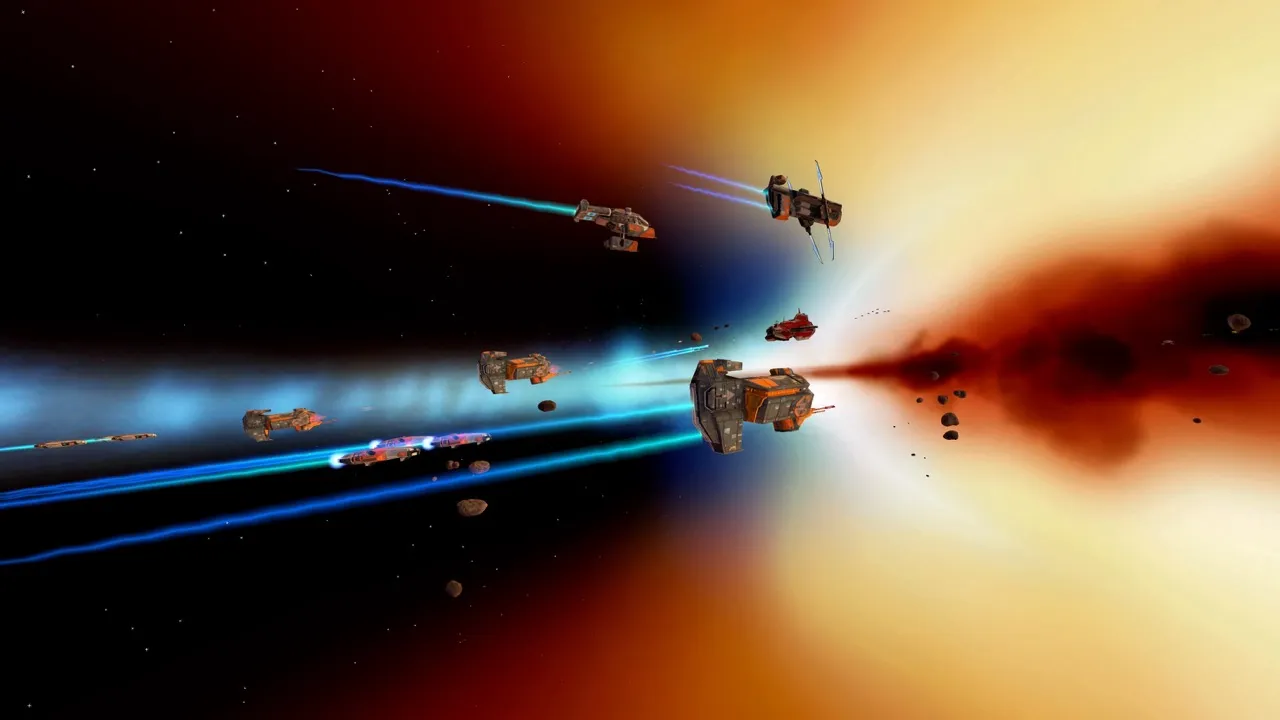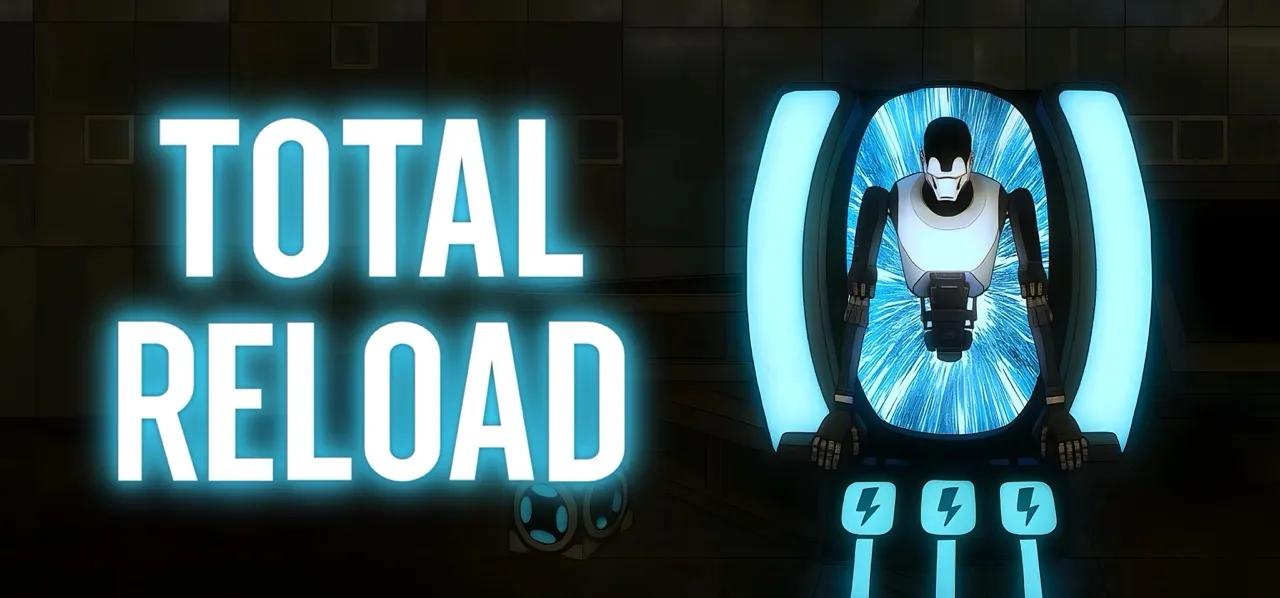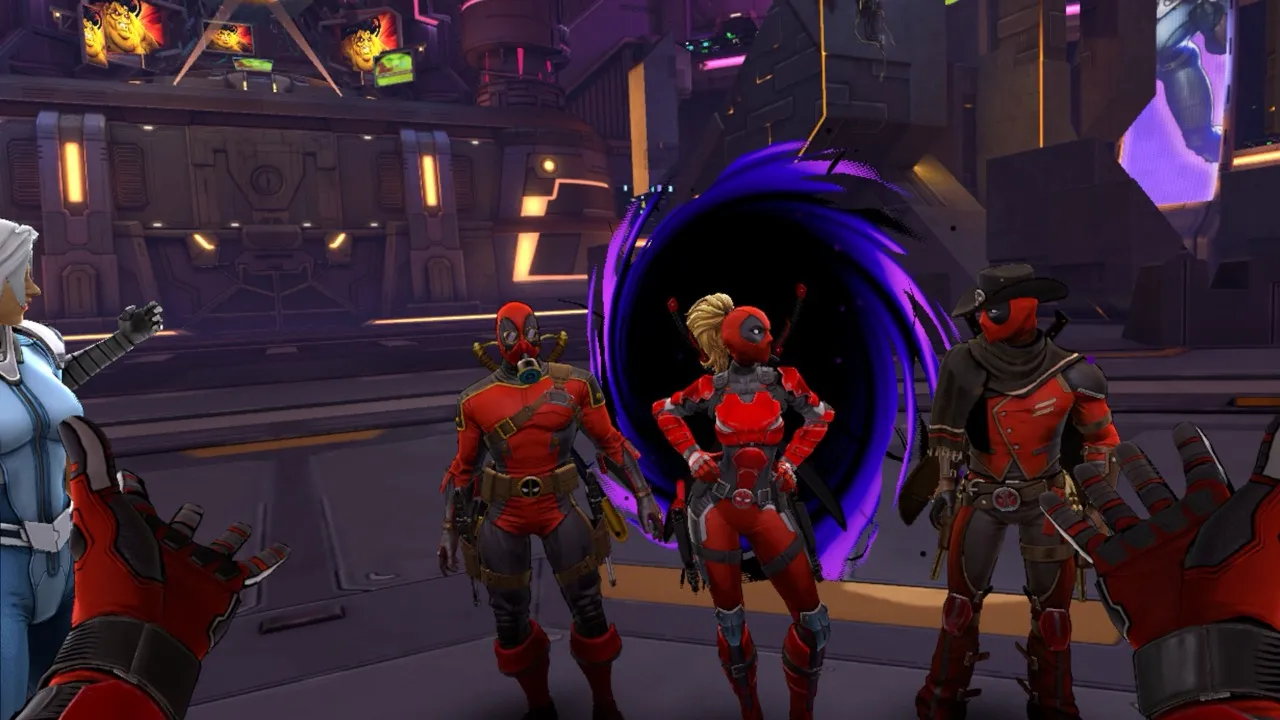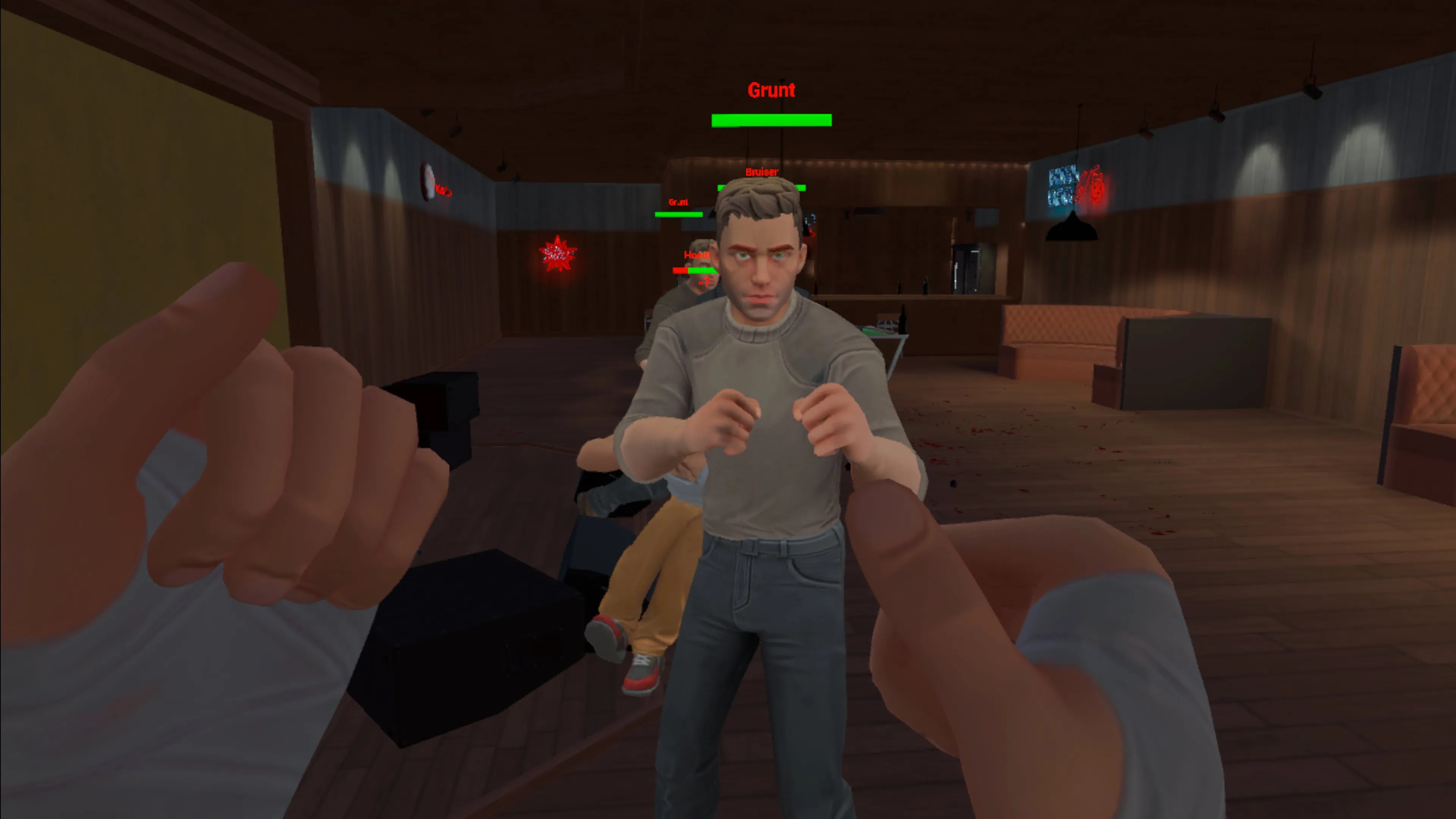Homeworld: Vast Reaches brings the legendary RTS series into VR, offering a stunning sense of scale and strategy, though its controls sometimes make you fight the void more than the enemy
Homeworld: Vast Reaches is my first step into this long-running series, and wow, it's quite the introduction. I've never played the PC games, so I came into this with zero expectations. What I found was a fascinating mix of classic real-time strategy mechanics and modern VR controls that try to make you feel like a true commander floating in the middle of deep space. Sometimes it works beautifully, sometimes it feels like you're wrestling with a fleet of spaceships that don't want to cooperate, but overall it's a surprisingly ambitious and immersive experience.
From the very first mission, the game does a good job of setting up the world for newcomers. Through cutscenes and in-game dialogue, you get a sense of the larger universe and the stakes of what's going on. There's an ongoing conflict, massive fleets, and a story about survival, exploration, and reclaiming lost glory. The characters often talk to you during missions, explaining objectives or commenting on what's happening, and that helps ground you in what could otherwise feel like just moving dots around in space. The storytelling isn't overbearing, but it gives enough context to make each mission feel meaningful.
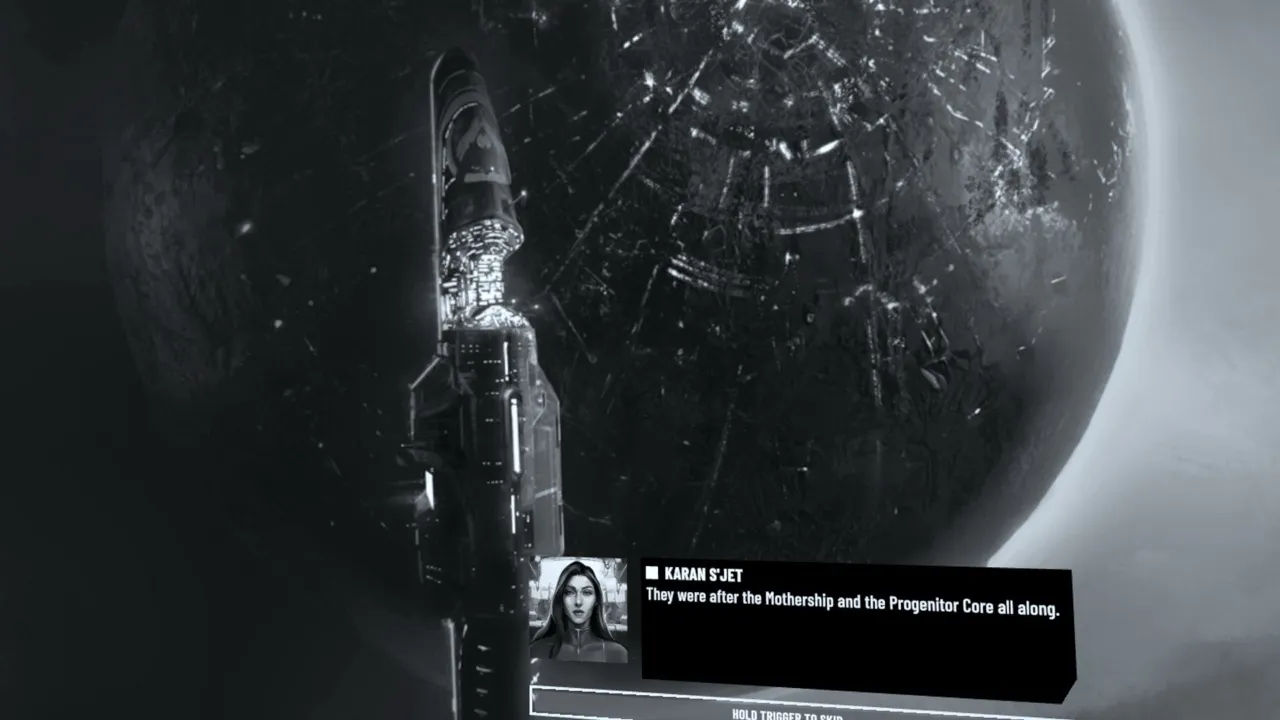
At its core, Vast Reaches is a real-time strategy game rebuilt for VR. You command ships, gather resources, and engage in tactical battles across fully three-dimensional space. That last part is key. In a normal RTS, you deal with a flat battlefield. Here, everything happens in 3D, above, below, and all around you, and that takes a lot of getting used to. The first hour is pretty disorienting as you try to understand how to navigate and control things. It's not that the game doesn't explain it, it's just that your brain needs time to adapt to giving commands in three dimensions using motion controls.
You control your fleet using both controllers in a way that's part intuitive and part awkward. To move ships, you hold the left trigger and use the right controller to draw paths through space, almost like sculpting routes in midair. It's cool in theory because you can create attack paths that loop around asteroid fields or sneak behind enemy turrets, but in practice, it's easy to make mistakes. Sometimes a small hand movement sends your entire squad flying off into nowhere. You can cancel commands or undo them, but when battles get intense, it's easy to panic and make things worse.
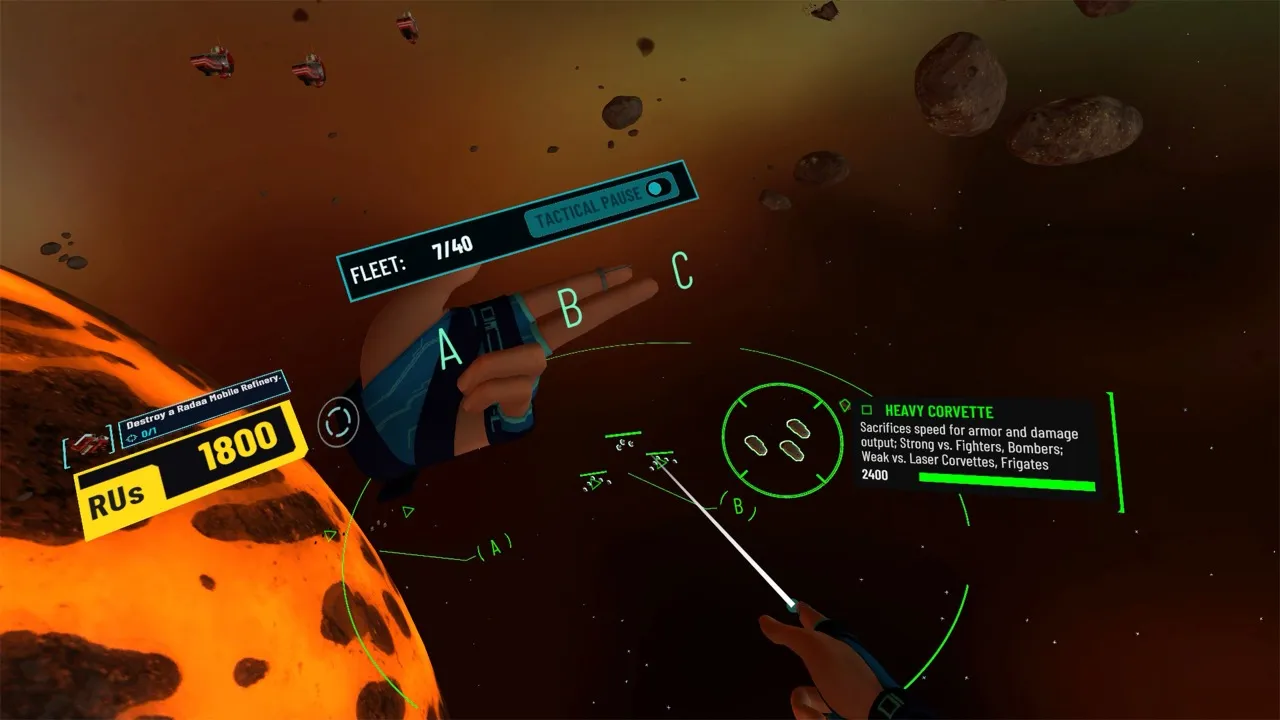
Selecting ships can also be tricky. You point at their squad letters floating in space and issue orders from there. It looks clean, but it's not always precise, especially when multiple ships are clustered together. I found myself accidentally selecting the wrong squad or misinterpreting which one was active. These small frustrations add up over time, and even after a few hours, I still found myself fumbling. It was only then when I learned that you can also quickly select them on your left hand by just tapping the letter.
But once it clicks, there's a certain rhythm to it that feels really satisfying. You start thinking like a fleet commander, positioning interceptors ahead, keeping your corvettes circling the flanks, and having your resource collectors mining nearby asteroids while you oversee everything from a distance. The sense of scale is one of the coolest parts of the experience. When you zoom out, your massive fleet looks like a swarm of insects moving in perfect formation. Zoom in, and you see the detailed designs of your ships, the glowing engines, and the faint outlines of your capital ships drifting across the void.

Each mission has different objectives. Sometimes you'll focus on collecting resources, other times you'll defend against waves of enemy attacks or engage in large-scale battles with enemy capital ships. There's even the occasional objective that involves scanning asteroids or rescuing stranded ships. The structure is classic RTS, but playing it in VR gives it a fresh sense of immediacy. You're not just clicking around a map, you're standing in the middle of the battlefield, watching everything unfold around you in real time.
The economy system is straightforward enough. You need resources to build ships, and you get those by mining asteroids. Certain asteroids contain valuable materials, and you identify them using scanning ships. Once you've found a good cluster, you send your collectors to harvest them. It's a satisfying loop, scan, mine, build, fight, and when you start chaining those systems together smoothly, the game flows nicely.

Combat is a highlight. There's something thrilling about sending a fleet of interceptors swooping down on an enemy cruiser, watching lasers flash in the distance, and hearing the chatter of your pilots as the fight unfolds. The game uses a rock-paper-scissors logic where different ship classes have strengths and weaknesses against others. Interceptors are fast but fragile, corvettes pack more firepower but are slower, frigates are tough but vulnerable to being swarmed, and so on. Managing your fleet composition and reacting quickly to enemy tactics is crucial.
Even though I haven't played the PC Homeworld titles, it's clear that this VR version captures at least part of what makes the series special, that feeling of commanding something massive, strategic, and elegant in motion. Still, it's obvious that this is a streamlined version. There's less micromanagement, fewer intricate systems, and more focus on keeping things accessible for VR players. It's not necessarily a bad thing, just different. It makes sense for the platform, even if purists might miss some depth.
Visually, Vast Reaches looks great on the Quest 3. The environments are mostly the cold emptiness of space, but the lighting, particle effects, and ship designs give everything a clean and cinematic feel. The sense of depth and distance is fantastic, and when you move closer to the mothership or to one of your cruisers, you can appreciate the scale and details of their construction. The immersion is strong enough that it makes you wish for just a little bit more. It would be so cool if, with a press of a button, the camera shifted just for a brief moment inside the cockpits of your fighters so you could experience firsthand what these space battles might look like, no matter the cost in motion sickness.
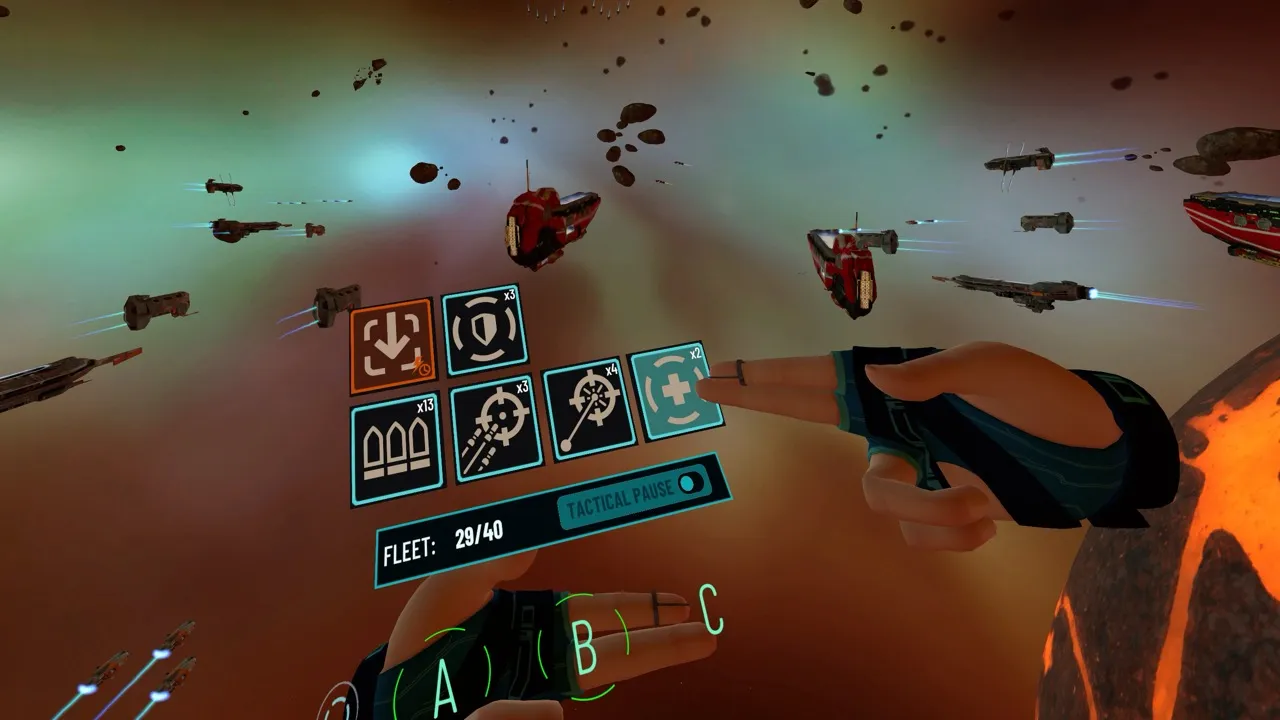
The audio adds a lot too. The voice acting is solid and helps sell the sci-fi tone, and the music complements the action without being intrusive. The hum of engines, the ping of scanners, and the distant explosions all combine to make the world feel alive... even though hearing sounds in space is impossible, but who cares, it's a game. When things get quiet between battles, that emptiness of space feels almost peaceful.
The game recently got a PCVR version with upgraded visuals and a new challenge mode, and that same mode is available on Quest. These tougher missions push your tactical skills further and give experienced players something to chew on after finishing the campaign. It's a nice addition that extends the replay value, even though I think most players will need a good chunk of time just to master the core mechanics.
After spending several hours with it, I'm still torn on how I feel. On one hand, I really respect what they tried to do. Translating a full RTS into VR is not easy, and Homeworld: Vast Reaches manages to make it feel natural at least part of the time. The sense of commanding a fleet, seeing battles play out in 3D, and managing your ships directly with your hands is genuinely cool. But on the other hand, the control scheme never feels second nature, at least not for me. I always had to consciously think about what button to press or which gesture to use. It's functional, but not quite fluid.
That said, once I stopped worrying about perfect control and started focusing on the strategy, the game really grew on me. Watching your ships execute a coordinated attack or seeing a battle unfold exactly as you planned is a great payoff. It's a slower-paced game that rewards patience and experimentation, and when it all clicks, it's immersive in a way few other VR games are.
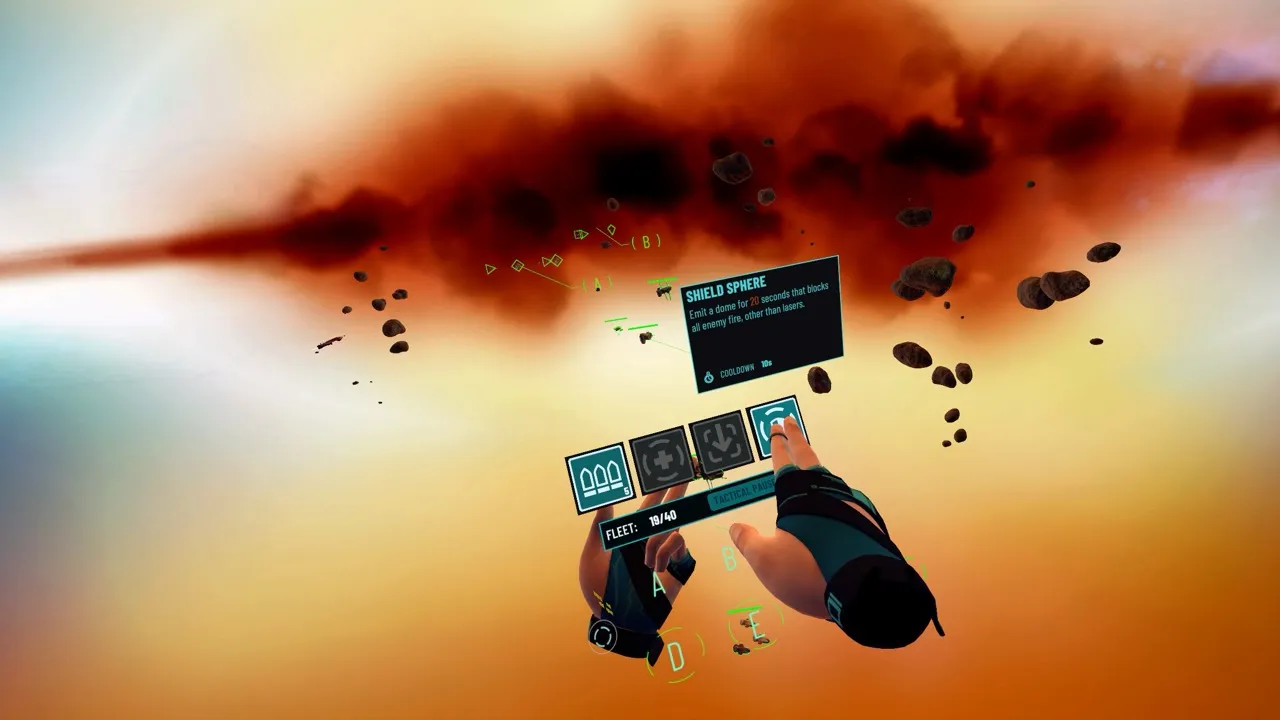
Homeworld: Vast Reaches is not a casual experience, but it's a fascinating one. It demands your attention and time, and in return, it gives you a truly unique perspective on space strategy. For me, as someone completely new to the franchise, it served as a solid gateway into this universe, even if it occasionally left me frustrated or that I still don't know what's going on.
If you're a diehard RTS fan or a longtime Homeworld player who's been curious about how it might feel to command your fleet in VR, this is absolutely worth checking out. If you're new like me, prepare for a learning curve, but also for a payoff that feels special once you get the hang of it. It's not perfect, but it's ambitious, atmospheric, and unlike almost anything else on the Quest.
Even if I wouldn't call it the easiest VR game to play, I'd still recommend giving it a try. For those who love space, strategy, and a challenge, Homeworld: Vast Reaches offers a commanding experience that's as rewarding as it is demanding. Thanks for reading!
The game was reviewed on a Meta Quest 3 via a promo copy provided by PR. Homeworld: Vast Reaches is available on Meta Quest and PCVR.
